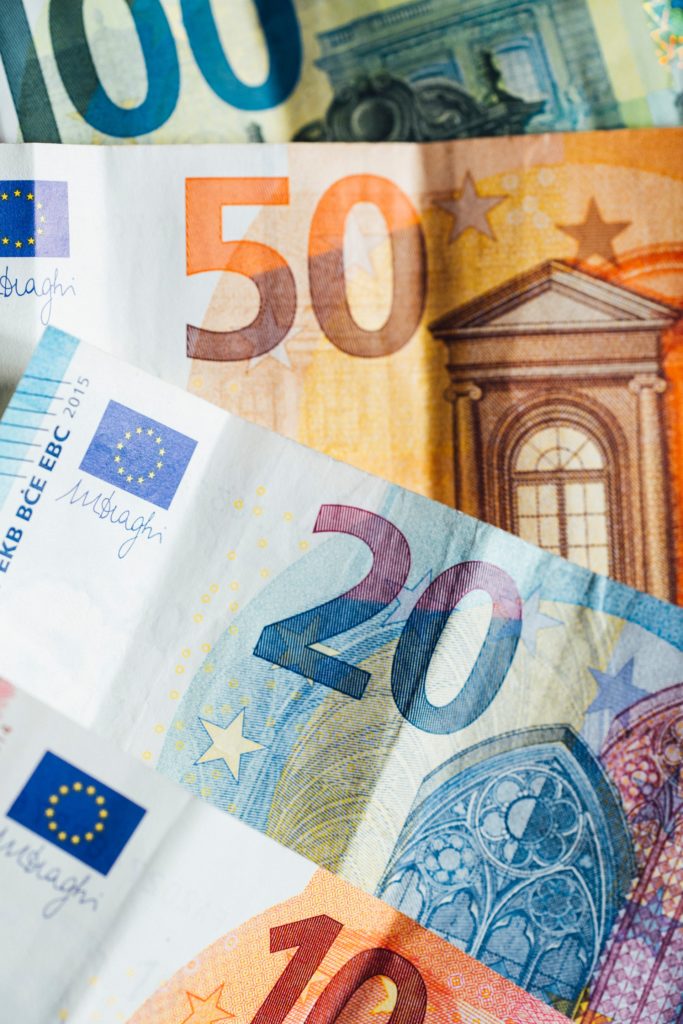Show us the money!
Here’s how pay transparency can close the gender pay gap
30.09.2021
An opinion by Kira Marie Peter-Hansen, Greens/EFA MEP and Vice President and co-rapporteur for the Directive on Pay Transparency.
Equal pay for equal work has been a feminist goal for decades, but how can we know what we’re achieving if companies can keep pay packets a secret? Right now, the European Parliament is taking great strides towards gender equality by demanding full pay transparency – and the Greens/EFA are leading the way.

The principle of equal pay for equal work is a cornerstone of EU law, which prohibits pay discrimination based on gender. Nevertheless, there is still a shocking 14.1 % pay gap in the EU. One of the major drivers of this inequality is the lack of transparency in our paychecks. We’re not told what our colleagues are earning, so we don’t know if we’re being cheated.
Back in March 2021, the European Commission took a step towards economic gender equality with a proposal for a new directive on pay transparency, an efficient tool to combat unequal pay.
Today, companies are under no obligation to disclose how much their employees are paid, making it impossible to get a clear picture of whether men and women are being paid equally for equal work. This leaves everyone unaware that they could be being paid less than their co-workers for doing the same job, or of equal value. Very often, it is women who bear the brunt of this wage discrimination. We cannot fight for fairness when we’re being kept in the dark. To close the gender pay gap, we need to bring to light what everyone is earning.
What is “equal work”? Pay transparency can offer a definition
One of the main points of the pay transparency directive is to clarify and strengthen the concept of equal pay for equal work. EU Member States should establish tools for comparing the value of work based on objective criteria, such as education and training, work experience, skills, effort, responsibility and the job description. And most importantly to us: The criteria must not be neither directly nor indirectly linked to the gender of the worker and should be uniform for all genders.
Knowledge is power! We can use pay transparency to fight unfairness with facts
The pay transparency directive will guarantee our right to information on pay. It demands employers disclose information on the specific pay level of a position before a job interview, and the average pay levels by gender. As an added bonus, larger corporations of 250+ employees are required to conduct and present statistics on their gender pay gap annually and to take action if any discrepancy persists. This is important leverage for workers in pay negotiations, because knowing the average pay of your peers gives you an idea of what you can demand – knowledge is power!
There’s strength in numbers. Pay transparency means we can organise against wage inequality
A crucial aim for the pay transparency directive is to shift the burden of proof in cases of wage discrimination. This strengthens the position of workers immensely in the event of a trial, because it makes it the employer’s responsibility to prove the absence of discrimination. Employers found guilty will need to pay out adequate compensation. It also makes it possible to file collective lawsuits on equal pay, which gives greater support and protection to workers who have suffered discrimination.

More ambitious, more progressive: how the Greens/EFA want to improve the new pay transparency directive
As political negotiations on the pay transparency directive get underway in the European Parliament, our goal is to make the directive even more ambitious than the Commission’s proposal.
While it is one thing to compare salaries for people doing the same or similar jobs, we still need a way to compare jobs in completely different sectors. Jobs with an overrepresentation of women, like nursing and childcare, are drastically underpaid and undervalued compared to male-dominated sectors, where working conditions are similar, but salaries are higher. We need to rebalance our job market. We need a set of objective criteria to compare people’s work and worth, so that employers don’t fall into the trap of making salary decisions based on outdated ideas of “women’s work” or gender stereotypes.

Here are three other ways the Greens/EFA want to improve the new pay transparency directive to close the gender pay gap:
- We want to strengthen the role of trade unions and their representatives at the workplace, guaranteeing their seat at the table and making certain that they can properly influence their workplace.
- We want to ensure the directive is inclusive and takes into account intersectional forms of discrimination
- We’re demanding that small and medium-sized companies also provide annual pay statistics, since they comprise the majority (99%) of all corporations in the EU. We want as many workers as possible to be covered by the directive.
We will keep pushing for progressive action on pay transparency to secure equal pay for women, in particular, and all workers, regardless of their gender identity or expression!

Author: Kira Marie Peter-Hansen, Greens/EFA MEP and Vice President and co-rapporteur for the Directive on Pay Transparency.
More information:
Annika Ojala – Rights and Democracy Campaigner
annika.ojala@ep.europa.eu